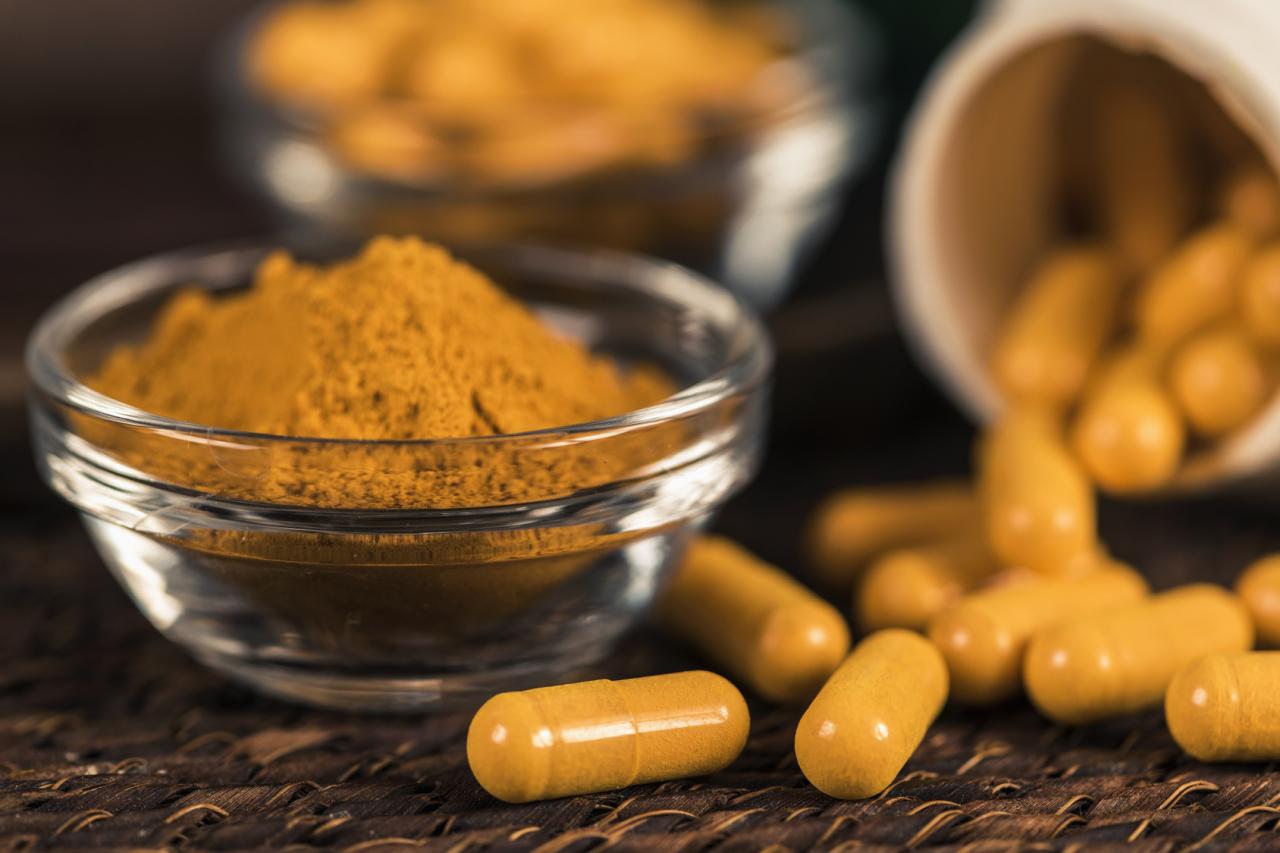Let’s face it – migraines hurt.
If you have never had migraines then consider yourself lucky because for millions of sufferers, they are a huge pain in the head. Migraine pain is often described as throbbing or stabbing and can cause sensitivity to light, sound, and smells. Some people experience them for a few hours while others might last for days. Some people get ‘auras’ meaning they experience signs and symptoms ahead of time warning them of an impending headache while others do not. Triggers include stress, food, weather, dehydration, lighting, medications, and hormone changes. While there are many treatment options out there, it is not a one-size fits all.
Having migraines makes you at greater risk for strokes. In a 2004 study, researchers found that the average risk of stroke for all migraine sufferers is 2.16 times that of those without migraines. If you experience aura, then you have 2.27 times the risk of stroke. If you are taking the birth control pill AND have migraines, then your risk increased eight fold!
When should you be concerned? If you’re a migraine sufferer, you know what a typical course will look like for you. However, if your normal pain and symptoms become the worst pain you’ve ever experience in your life, then get yourself to an emergency room right away. If you have never had a headache and suddenly develop severe head pain, that is another reason to seek immediate help. Likewise, if you experience numbness, weakness, or paralysis with your migraine that isn’t normal for you, this is concerning and needs medical attention.
At the most basic headache treatment, look at your diet. You eat three meals a day so you might as well make it worth your while. Stay hydrated by drinking enough water throughout the day. Avoid common migraine triggers such as caffeine, alcohol, chocolate, cured meats (salami, bacon, hot dogs, sausage), nuts and seeds, yeast foods (breads, rolls, doughnuts), dairy family (cheese, yogurt, ice cream, sour cream), and food additives (MSG, aspartame, food coloring additives).
Keep records of when you experience your migraines including time of day, time in your menstrual cycle, foods you are eating, stressors, and anything else you think might be helpful.
Consider bodywork such as massage, acupuncture, chiropractic, yoga, and stretching exercises to relax your muscles and relieve tension that can contribute to your pain moving from minor headache to a full-blown migraine.
References:
Etminan, Mahar; Takkouche, Bahi; Isorna, Francisco Caamaño; Samii, Ali. "Risk of ischaemic stroke in people with migraine: systematic review and meta-analysis of observational studies." BMJ, doi:10.1136/bmj.38302.504063.8F.






Add a CommentComments
There are no comments yet. Be the first one and get the conversation started!